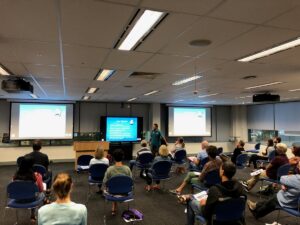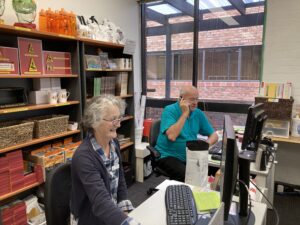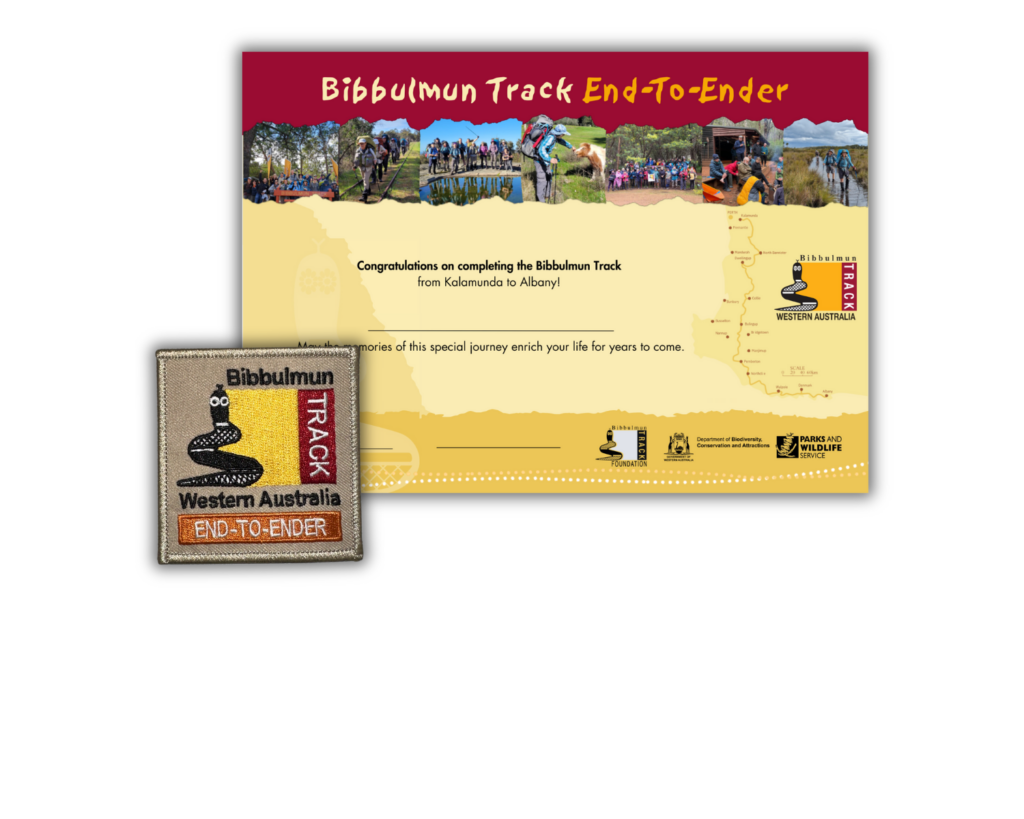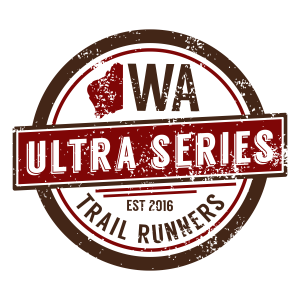End-to-End

To be classified as an End-to-Ender you need to have walked the entire length of the Track. Whether you do this in one go, or in stages over many years (a sectional end-to-end) makes no difference. It doesn’t matter if you walk some sections from north to south and others from south to north. The important thing is that you have walked every step of the way! Of course, you will have had to have adhered to all diversions which were in place when you went through. Walking the diversions still count toward your end-to-end when the Track is closed.
The Bibbulmun Track Foundation offers a range of services for people planning their end-to-end.
Please keep up to date and check whether a through End-to-End is possible before you plan your walk.
Don’t complete an end-to-end over summer
It is strongly recommended that you do not complete an end-to-end (or any extended walks) anytime between December and the start of March (Australian summertime). The Track gets very hot and the bushfire risk is extreme. Temperatures can range from low 30s to mid-40s. In recent years the Track has been severely impacted by bushfires with the destruction of campsites and other structures which fire fighters were not able to save due to the ferocity of the fires between December and March. Much of the Track is difficult to access quickly in an emergency and more so during a bushfire. Please plan to walk outside of these months and avoid putting your life at risk and the lives of those that may be able to rescue you.
Watch this video about bushwalker safety and fire. It shows how close a walker came to perishing in a bushfire in January 2018 at a Bibbulmun Track campsite.
Planning your end-to-end
Did you know that you can only get food from the Track towns and then the variety of supplies suitable for walkers can be limited? Some people think that food is available at the campsites! You need to find out what you don’t know!

Get all the tips from the experts before you start planning.
Workshops
The Foundation holds an End-to-End workshop for those thinking of embarking on an end-to-end walk. This is a great way to get started with your planning and help you discover what you don’t know!
We also hold a Getting Into Gear workshop where our guides and volunteers show you what they use on their walks. Learn from their extensive experience as they unpack their backpacks in front of you.
The Food In A Fuel Stove workshop will give you some great recipe ideas as well as many valuable tips for preparing, packing and cooking your food. You will also get a chance to cook with dehydrated food.
One-on-one trip planning advice sessions

Individual trip planning advice is provided in our office or via email.
The Foundation offers free trip planning advice sessions on a one to one basis in our office for members who are planning an extended walk. An experienced End-to-Ender will sit with you and give you heaps of useful advice and tips, check over your itinerary, food drops and even take a look at some equipment you might be planning to use on your walk. This service is also offered via email for those not in or near Perth.
To book this service, become a member (if you are not already a member) and contact us to make an appointment. In-person trip planning is not available everyday so make an appointment as early in your planning as you can. Bring your itinerary, thoughts on food and food drops and maybe even your gear with you.

PLB and food dehydrator hire
We hire equipment and PLBs (Personal Locating Beacons) with special rates for End-to-Enders. We also hire food dehydrators (if you are a member of the Foundation) to help you eat healthier food and reduce pack weight while walking.
What are other peoples’ experiences?
You may like to read some of the stories from people who have walked the Track. Check out the Tales from the Track.
Equipment
The gear you take on your end-to-end won’t differ too much from that which you take on an overnight walk. You will need to consider weight, bulk and longevity of the items (eg torch batteries). Start with our equipment list for overnight walks. The best suggestion we can give beginners is do some overnight walks first and get used to your gear. Learn what works for you and what doesn’t, what is appropriate and what isn’t.
Food

Not only will you need to think about the type of food you take and indeed develop a menu plan, but you will also need to think about possible food drops. Whilst it is possible to just rely on resupplying in the towns, consider that your first town (Dwellingup) from the Northern terminus in Kalamunda is approximately 12 days walk away! If you do not have someone who can deliver food drops to you, you could consider joining the Bibbulmun Track Facebook Group and check the list of Track Angels willing to help.
You will also need to make sure the fuel stove you take is right for you. You will need to take a fuel stove. Don’t rely on being able to cook on fires at campsites as many campsites have a year round total fire ban.
Support and food drops
If you are lucky enough to have someone joining you or meeting you with food and other supplies on your walk, you need to know where they are permitted to access the Track. No vehicles are permitted at any campsites or on many roads that cross the Track. The access points shown on this website or the ones shown in the official Bibbulmun Track maps by a red or green car are the only legal access points people can use.
For this reason, it is impossible to walk the entire Track as a series of day walks where you are collected each day. For example there is no vehicle access permitted on roads from the Perth Hills Centre in Mundaring to Mt Dale (approx. three days walk), Albany Highway to Inglehope Crossing near Dwellingup (four days walk), Harvey-Quindanning Rd to Harris Dam, near Collie (three to four days walk) to name but a few. Check the Section by Section guide for more information.
Other things you need to consider
Are you going to take the eight Bibbulmun Track maps and the eight guidebooks – or just the maps? Tip: don’t carry the ones you don’t need, have them sent ahead.
How are you getting to and from the Northern and Southern Terminus or indeed to some of the other Track towns for a sectional end-to-end? Public transport is not available to all towns. See the Getting There section in the Section by Section guide.
Are you up to date with the current situation for each of the four inlet crossings on the south coast? See the Inlet section in the Section by Section guide for Walpole and Denmark/Albany.
Where will you stay in each of the Track towns? There are no Bibbulmun Track campsites in the towns. You will need to look into accommodation options. You’ll find a number of accommodation options on our Track town pages.
How much water will you carry each day? You can fill up at each campsite from the rainwater tank but you will need to treat the water.
What kind of tent should you take? Should you take a tent?
What is your training plan? At the very least you should plan to walk a few short sections of the Track to establish a walking routine, test your gear and check the appropriateness of your food.
Put into place some safety measures by leaving your itinerary with someone responsible at home and ensure regular contact, carry a PLB (don’t rely on mobile phones), carry an appropriate first aid kit, be first aid trained and ensure you fill out the green log book at each campsite. The Police are the first point of contact in an emergency.
EFTPOS facilities and ATMs may not be available at all towns so carry sufficient cash for your trip for supplies, phone calls etc.
Rubbish – there are no bins on the Track. If you pack it in, then you pack it out. Foil and cans don’t burn and plastic bags release toxins into the atmosphere when burnt – so please don’t do it. Leave No Trace!
When you finish
Register your end-to-end!
Whether you did it in sections over many years or in one through-hike, you should be proud of your accomplishment and can commemorate your walk with a Completion Certificate.
By registering you also help to show who and how many people are walking the Track – which helps us to attract funding and sponsors.






